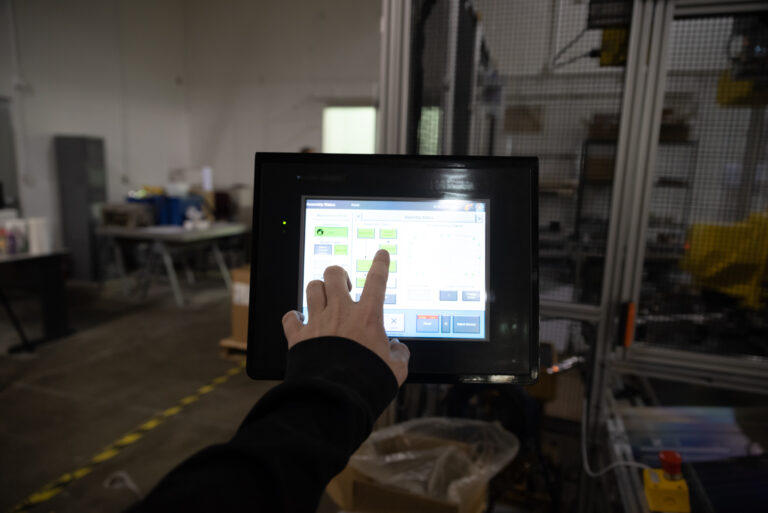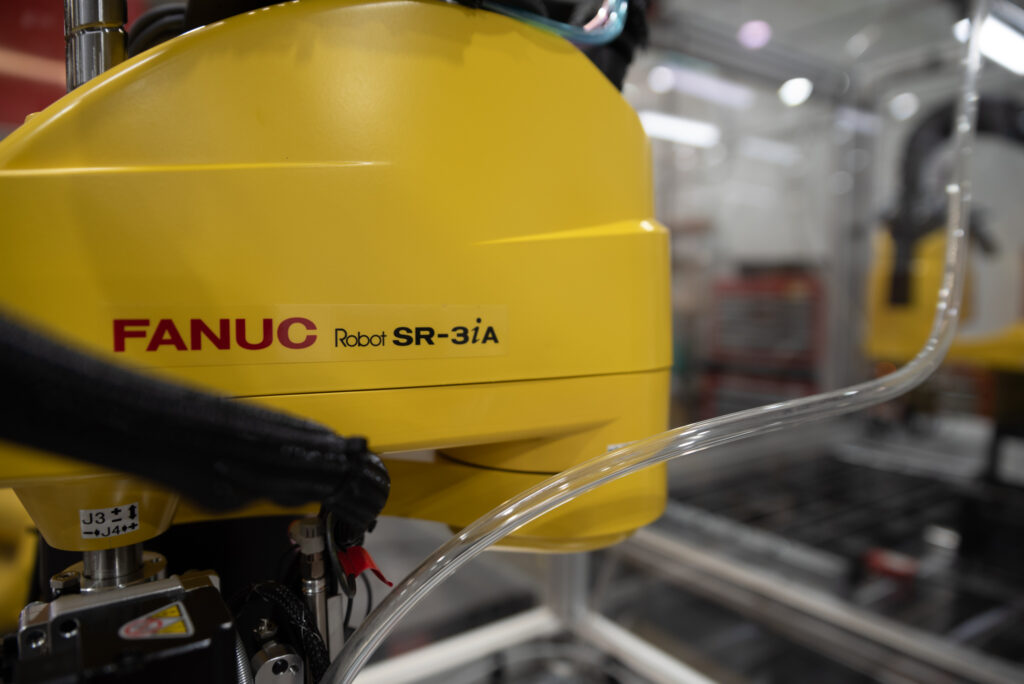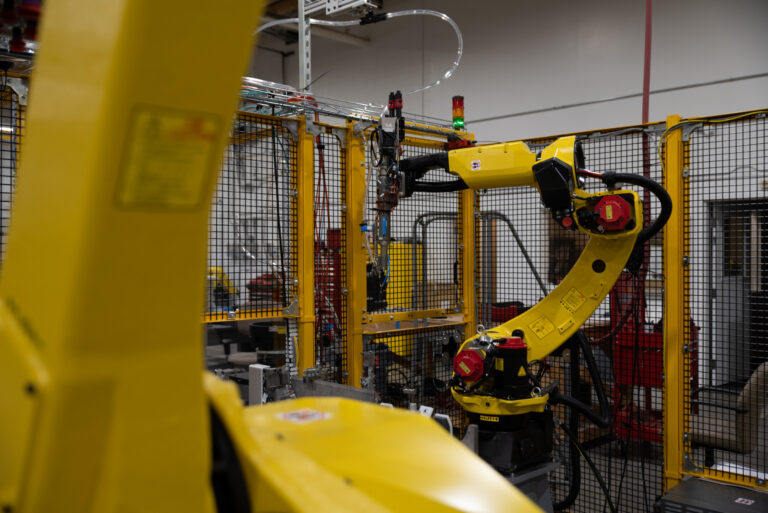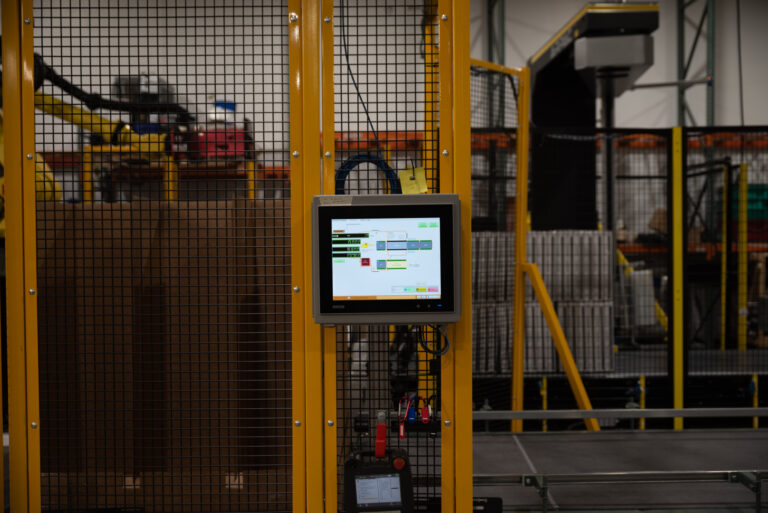In Lean Manufacturing, efficiency refers to the ability to produce goods or services with minimal waste and maximum output. The primary goal of Lean Manufacturing is to eliminate waste throughout the production process to achieve greater efficiency, higher productivity, and reduced lead times.
To achieve increased efficiency, businesses must first identify and eliminate waste in all its forms. This includes the elimination of non-value-added activities, such as overproduction, excess inventory, waiting times, transportation, processing, and defects.
By eliminating these forms of waste, businesses can improve the flow of materials and information, reduce production times, and increase the speed of delivery. This can result in improved efficiency and higher levels of customer satisfaction.
In addition to waste elimination, Lean Manufacturing also emphasizes continuous improvement and the optimization of production processes. By streamlining processes, reducing setup times, and implementing just-in-time (JIT) production methods, businesses can further increase efficiency and productivity.
Another critical element of increased efficiency in Lean Manufacturing is the use of visual management systems, such as Kanban boards and Andon systems. These systems provide real-time information on production processes and enable businesses to quickly identify and address problems as they arise.
In summary, increased efficiency is a key benefit of Lean Manufacturing. By eliminating waste, optimizing production processes, and adopting a culture of continuous improvement, businesses can significantly improve efficiency, reduce lead times, and minimize non-value-added activities, resulting in greater productivity, reduced costs, and increased customer satisfaction.




